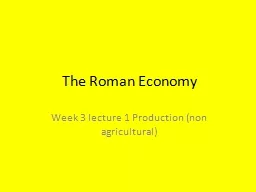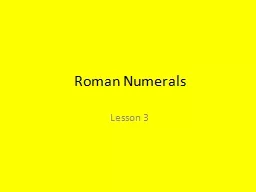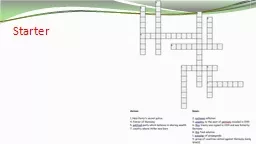PPT-The Roman Economy
Author : tawny-fly | Published Date : 2016-07-19
Week 3 lecture 1 Production non agricultural Ceramics Clay Kaolinite Primary and Secondary Dig Clay Usually not Topsoil Clean Beating Sieving wet and knead Or
Presentation Embed Code
Download Presentation
Download Presentation The PPT/PDF document "The Roman Economy" is the property of its rightful owner. Permission is granted to download and print the materials on this website for personal, non-commercial use only, and to display it on your personal computer provided you do not modify the materials and that you retain all copyright notices contained in the materials. By downloading content from our website, you accept the terms of this agreement.
The Roman Economy: Transcript
Download Rules Of Document
"The Roman Economy"The content belongs to its owner. You may download and print it for personal use, without modification, and keep all copyright notices. By downloading, you agree to these terms.
Related Documents














